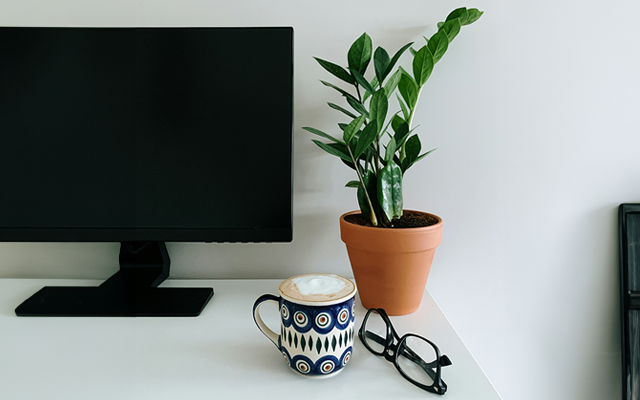In today’s fast-paced world, we often find ourselves spending the majority of our time indoors, whether at home or in the office. What you may not realize is that the air inside our buildings can sometimes be more polluted than the air outside. But fear not, nature has a solution right at your fingertips: house plants. These green companions do far more than just brighten up your living space; they play a crucial role in improving indoor air quality and your overall well-being.
- Air Purification: House plants act as natural air purifiers. Through a process known as photosynthesis, they absorb carbon dioxide and release oxygen, making the air fresher and healthier to breathe. Some house plants, such as spider plants, snake plants, and peace lilies, are particularly effective at removing harmful pollutants like formaldehyde, benzene, and ammonia (NASA, 1989); (NASA, 2019).
- Humidity Control: Indoor environments can become too dry, especially during the winter months when heating systems are running. House plants release moisture through a process called transpiration, increasing humidity levels in your home. This can help alleviate dry skin, sore throats, and respiratory discomfort.
- Stress Reduction: The mere presence of house plants can have a calming and stress-reducing effect on occupants. Studies have shown that tending to and being around plants can lower blood pressure, reduce anxiety, and promote a sense of well-being (Bringslimark et al., 2009).
- Enhanced Productivity: Bringing plants into your workspace can boost productivity and creativity. They have been shown to improve concentration and cognitive function, making them a valuable addition to any office (Shibata et al., 2011).
- Better Sleep: Certain house plants, like lavender and jasmine, emit soothing fragrances that can promote better sleep. Placing these plants in your bedroom can contribute to a more restful night’s sleep.
- Aesthetic Appeal: Beyond their health benefits, house plants add aesthetic value to your living spaces. They come in various shapes, sizes, and colors, allowing you to personalize your décor and create a more inviting atmosphere.
Incorporating house plants into your indoor environment is a simple yet highly effective way to improve your overall quality of life. These natural air purifiers not only enhance air quality by reducing pollutants but also offer numerous physical and psychological benefits. So, whether you have a green thumb or are new to plant parenting, consider adding a variety of house plants to your living spaces and breathe easier, sleep better, and live healthier.
Here are some popular and easy-to-care-for indoor house plants:
- Snake Plant (Sansevieria trifasciata): Also known as the mother-in-law’s tongue, it’s an excellent air purifier and requires minimal maintenance.
- Spider Plant (Chlorophytum comosum): Known for its air-purifying qualities and easy care, it’s an excellent choice for beginners.
- Pothos (Epipremnum aureum): A versatile and hardy plant that can thrive in various light conditions, making it perfect for almost any room.
- Peace Lily (Spathiphyllum): Known for its elegant white flowers and air-purifying abilities. It prefers low light and regular watering.
- ZZ Plant (Zamioculcas zamiifolia): Highly tolerant of low light and infrequent watering, making it an ideal choice for busy individuals.
- Aloe Vera (Aloe barbadensis miller): Not only is it a beautiful succulent, but it also has healing properties for skin irritations.
- Rubber Plant (Ficus elastica): A popular choice for its large, glossy leaves and air-purifying qualities.
- Snake Plant (Sansevieria trifasciata): Known for its air-purifying qualities and ability to thrive in low light conditions.
- Succulents: Various succulent species like echeverias, jade plants, and haworthias are easy to care for and come in a wide range of shapes and colors.
- Monstera Deliciosa: Loved for its unique split leaves, it adds a touch of tropical beauty to your space. It prefers bright, indirect light.
- Philodendron: Several philodendron varieties, like the heartleaf philodendron, are great for beginners due to their low maintenance requirements.
- Chinese Evergreen (Aglaonema): Known for its attractive variegated leaves and tolerance for low light conditions.
When choosing indoor house plants, consider the lighting conditions in your home and your level of gardening expertise. With proper care, these indoor house plants can bring natural beauty and improved air quality to your living space.

